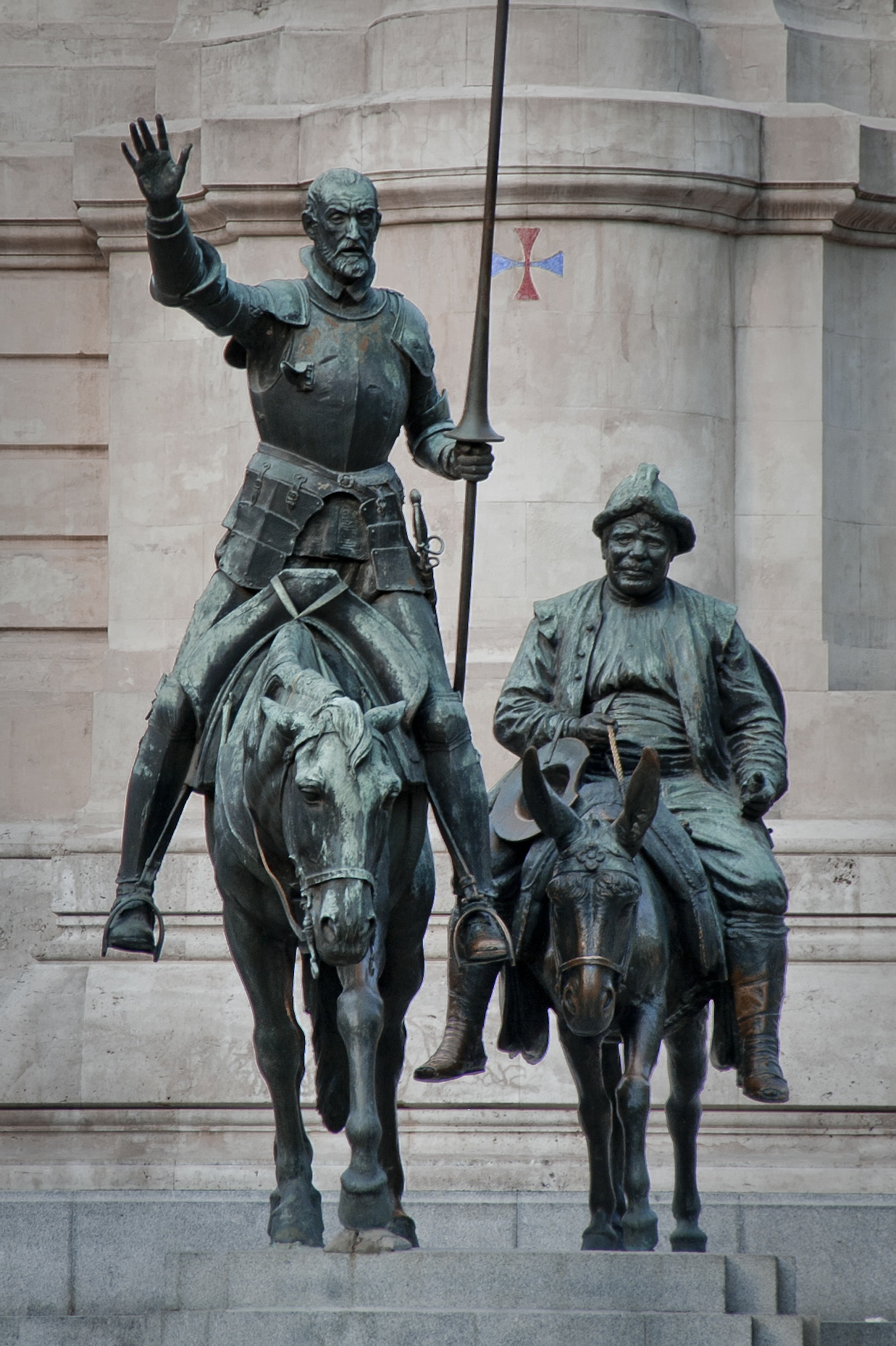
#
529 © Hilmar
Alquiros, Philippines 
|
Death and Poetry
|
Death has been a central theme in poetry across cultures and eras, offering poets a lens through which they explore the complexities of life, existence, and the human condition. Death in poetry serves as both a topic of reflection and a tool for exploring broader themes about life, love, loss, and existence. Through poetic language, form, and metaphor, poets provide readers with insights, comforts, and challenges related to the end of life.
Throughout history, poets have used death as a poignant lens to explore life's complexities and the human experience. This theme delves into topics ranging from the ephemerality of life and the grief of loss to existential musings and cultural interpretations of mortality. By employing poetic language and metaphor, poets offer readers profound insights into the interplay of life and death, juxtaposing the two to emphasize life's vibrancy and the transformative power of endings. Whether reflecting on personal encounters with death, the cycles of nature, or the legacies left behind, poetry provides both solace and challenge in the face of our shared mortality.
Here are some main aspects of Death as addressed in Poetry:
Mortality and Transience: Poets frequently reflect upon the fleeting nature of life, underscoring the inevitability of death and the ephemeral nature of our existence.
Grieving and Mourning: Many poems grapple with the raw emotions of losing a loved one, offering solace, understanding, or a shared sense of sorrow.
Legacy and Memory: Poets often consider what is left behind after death, be it memories, lasting impacts, or ongoing legacies.
Existential Reflection: Death prompts poets to question the purpose and meaning of life, often leading to profound existential explorations.
The Afterlife: Speculations about what comes after death—whether it's heaven, reincarnation, or nothingness—are themes that poets have tackled for centuries.
Nature's Cycles: The cycle of life and death in nature, from the changing seasons to the life spans of plants and animals, serves as metaphors and analogies for human mortality.
Personal Encounters: Some poets write about their personal brushes with death, near-death experiences, or their feelings as they approach the end of their own lives.
War and Destruction: Poetry, especially from wartime poets, captures the devastating scale of death in conflicts, tragedies, and disasters.
Acceptance and Embrace: While many poems treat death with fear or sorrow, others embrace it as a natural, even beautiful, part of existence.
Societal and Cultural Perspectives: Death is interpreted differently across cultures, and poetry often captures these unique perspectives, rituals, and ceremonies associated with dying.
Metaphor and Symbolism: Death is frequently used as a metaphor in poetry, symbolizing endings, change, or transformation.
Juxtaposition with Life: Many poets juxtapose death with life, emphasizing the vibrancy of existence and the contrast between being and non-being.
From the almost infinite abundance of poems about death and its many aspects, we now pick out here a quatrain, which has often been called the „most beautiful short verse ever“ (four lines!) - in content and form - especially in the (first) German translation by an unknown poet:
|
Komm, o Tod! Doch komm so leise, dass es nicht bemerkt die Brust, damit nicht des Sterbens Lust mich zurück ins Leben weise …
German I., Anonymus |
Let's look at some translations of this „international“ gem:
|
Come Death, so subtly veiled that I Thy coming know not, how or when, Lest it should give me life again To find how sweet it is to die.
English, translated by John Ormsby |
The beauty of this four-liner lies in its profound engagement with the theme of death while maintaining a concise and elegantly structured form. Here's a breakdown:
Imagery and Anticipation: The opening line personifies death, inviting it in a gentle manner, hinting at a desire for a peaceful and unaware transition from life to death. By suggesting that death comes „subtly veiled,“ the poet is essentially yearning for a death that is smooth and unexpected.
Ambiguity of Life and Death: The lines „Lest it should give me life again / To find how sweet it is to die“ play with the paradoxical relationship between life and death. There's a suggestion that the realization of death's sweetness can only be truly understood when experienced, but that experience in turn brings about a rejuvenation or awakening—perhaps an elevation of the spirit or a newfound appreciation for life.
Perfect Rhyme: The poem uses an ABBA „embracing rhyme“ scheme - like all translations below(!), adding to its rhythmic quality. This rhyme scheme makes the poem melodious, enhancing its introspective and loving mood. The tight structure provides a sense of containment, echoing the finality and inevitability of death.
Philosophical Depth: In just four lines, the poem manages to traverse the realms of existential thought. It deals with the human yearning for a peaceful end while also reflecting on the cyclical nature of life and death, and the deep mysteries that accompany these transitions.
The poem's beauty and depth are encapsulated in its harmonious blend of form and content. It invites readers to reflect upon their own perceptions of death, life, and the interconnectedness of the two, all while maintaining a polished and melodious structure.
|
Viens. Mort, mais si cachée que je ne te sente pas venir, pour que le plaisir de mourir ne me rende pas à la vie
French, Anonymus |
|
Morte vieni sì celata Ch'io non senta il tuo venir, Onde il gusto del morir Non mi torni a vita odiata.
Italian, Anonymus |
|
Komm, o Tod, schweb leis hernieder, Dass dein Nahn mir unbewusst, Denn des Sterbens süße Lust Gibt mir sonst das Leben wieder.
German II., Anonymus |
...and here is the original(!):
|
Ven, muerte, tan escondida que no te sienta venir, porque el placer del morir no me torne a dar la vida.
Spanish Original!, Miguel de Cervantes |
Miguel de Cervantes: El ingenioso hidalgo Don
Quixote de la Mancha
Segunda parte del ingenioso caballero don
Quixote de la Mancha.
Don Quijote / Don Quixote / Don Quijote de la Mancha, second part, 1615
Publisher Iuan
de la Cuesta, Publication date 1605, 1615.
* * *

Bronze statues of Don Quixote and Sancho Panza at the Plaza de España in Madrid
created by the Spanish sculptor Lorenzo Coullaut Valera. 1915-1932
 ©
by
Dr. Hilmar Alquiros,
The Philippines
Impressum Data Protection Statement / Datenschutzerklärung
©
by
Dr. Hilmar Alquiros,
The Philippines
Impressum Data Protection Statement / Datenschutzerklärung 
û